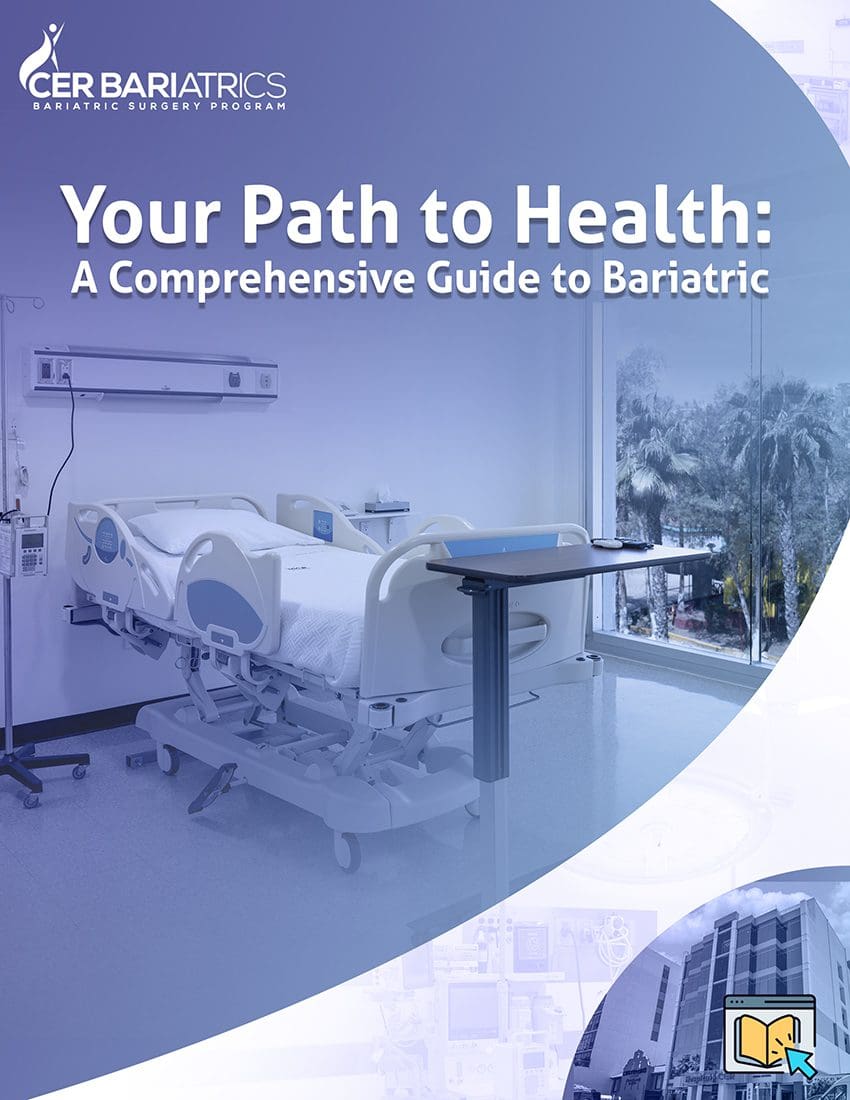Having a Gastric Sleeve Surgery has become a popular choice for patients seeking excellent weight loss in a straightforward procedure removes about 75-80% of the stomach this will restrict the food intake and doesn’t require the maintenance and long-term complication rates of a Lap Band.
How does the gastric sleeve work?
This procedure, typically performed laparoscopically, involves the surgeon removing approximately 75-80 percent of the stomach. By removing a portion of the stomach, it decreases the body’s level of a hormone known as ghrelin, often referred to as the “hunger hormone.”
This results in the stomach taking on the shape of a tube or “Sleeve” which holds much less food. Although initially designed as the first phase of a two-stage procedure for superobese or high-risk patients, the sleeve gastrectomy has evolved into a widely adopted and effective stand-alone weight loss procedure for individuals with a BMI exceeding 40.
Benefits of gastric sleeve
As a result of Gastric Sleeve Surgery, patients:
- Feel less hungry
- Feel full sooner after eating
- Lose up to 75% of their excess weight
- Improve or cure their obesity-related health problems
Weight loss happens fast after gastric sleeve surgery:
- Month 3: You’ll have lost around 33% of the excess weight.
- Month 6: You’ll have lost about half of the excess weight.
- Month 12: You can expect to have shed up to 70% of the excess weight.
how long does surgery take?
During surgery, your surgeon will make between 1 and 5 small incisions in your abdomen, insert various laparoscopic instruments, and remove about 80% of your stomach. This leaves a banana-shaped “Sleeve” that connects the esophagus to the small intestines.
Recovery from gastric sleeve
Gastric Sleeve Surgery recovery includes:
- Timeline: 4 to 6 weeks to full recovery
- Hospital Stay: 2 to 3 days
- Time Off Work: 1 to 3 weeks
- Pain: Same as experienced after any laparoscopic surgery, managed with medication
- Diet: Slow transition from clear liquids to solid foods
- Activity: Slow transition back to regular activity and exercise
- Challenges: Most side effects like nausea, digestive issues, and body changes go away over time or after adjusting diet/lifestyle habits
HOW TO KNOW IF YOU ARE A CANDIDATE?
You will have to fill out a Clinical History, in which we ask you a few questions to be able to know whether or not you are eligible. Once we have all this information we would be able to send you your personalized quote.
If you want more information on how to reach your ideal goal visit our website or contact us so one of our Patient Coordinator can help you achieve the best version of yourself.
Related Post
Learn how to kickstart your weight loss journey






